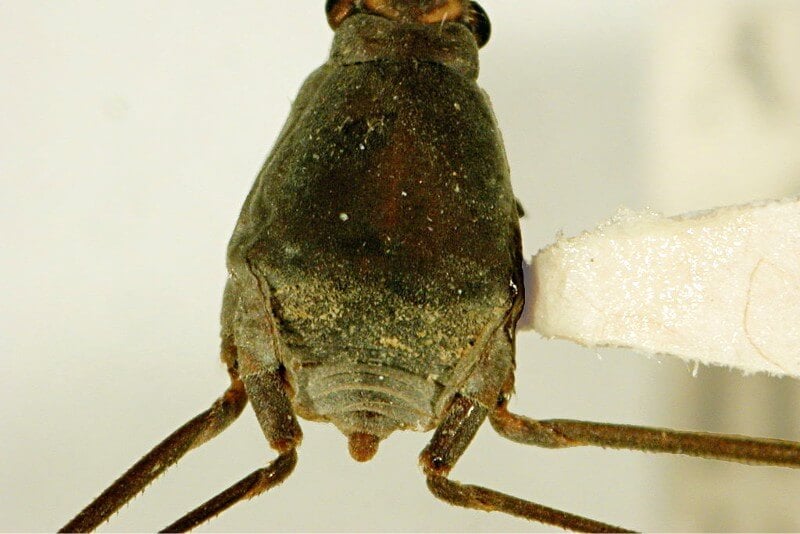Key Points
- Scientists believe insects are rare in the sea because they evolved a unique way to harden their shells using oxygen and an enzyme called MCO2.
- This adaptation helped insects succeed on land, where oxygen is more abundant, allowing them to climb plants and eventually fly.
- Insects and crustaceans are part of the same family, but crustaceans harden their shells using calcium from seawater, making them better suited for marine environments.
Scientists from Tokyo Metropolitan University have put forward a theory explaining why insects are so scarce in marine environments. They previously demonstrated that insects developed a unique chemical process to harden their shells, involving molecular oxygen and an enzyme called multicopper oxidase-2 (MCO2). Now, they suggest that this places MCO2 at the centre of insect eco-evolution, giving them an advantage on land but a disadvantage at sea.
Insects are among the most successful creatures on Earth. They are believed to make up the largest biomass of all land animals and have a significant impact on the global ecosystem. However, their abundance on land contrasts with their extreme rarity in the sea. Very few insects live in the sea, even though their biological ancestors originated there. This enduring scientific mystery has puzzled researchers for many years.
Now, a team of researchers from Tokyo Metropolitan University, led by Assistant Professor Tsunaki Asano, have proposed a solution based on evolutionary genetics. The latest findings in molecular phylogenetics reveal that both crustaceans and insects belong to the same family, Pancrustacea, and that insects branched off from the sea and adapted to life on land. They share a key feature: an exoskeleton made up of a wax layer and hard cuticle. In earlier work, the same team showed that when insects adapted to land environments, they evolved a unique gene that produces an enzyme called multicopper oxidase-2 (MCO2), which helps them harden their cuticles using oxygen. MCO2 facilitates a reaction in which molecular oxygen oxidises compounds called catecholamines in the cuticle, turning them into agents that bind and harden the surface. In contrast, crustaceans harden their cuticles using calcium from seawater. The team suggests that this makes land far more suitable for insects due to the abundance of oxygen. The sea has now become a harsh environment for insects, owing to both the lack of oxygen and the presence of better adapted organisms.
However, it is not just that the sea has become less hospitable for insects. The hardening and drying of the cuticle through the MCO2 pathway results in a biomaterial that is not only protective but also lightweight. They speculate that this might be why insects gained the ability to climb plants, glide and eventually fly. This allowed them to migrate and occupy previously empty niches in the ecosystem, a powerful driving force that led to their enormous numbers. In contrast, crustaceans have significantly denser shells, with a strong correlation between density and the degree of calcification.
Of course, insects are not the only arthropods to adapt to life on land, so it is clear that MCO2 is not strictly necessary for success in terrestrial niches. However, the nature of insect cuticles speaks volumes about their success in land environments. In fact, the team believes that MCO2 might be a defining feature of insects: “no MCO2, no insects.” Their work offers an entirely new perspective on the role cuticle hardening might play in insect evolution and adaptation to land.

